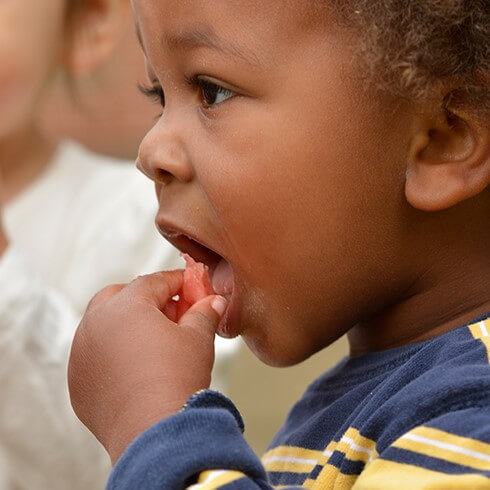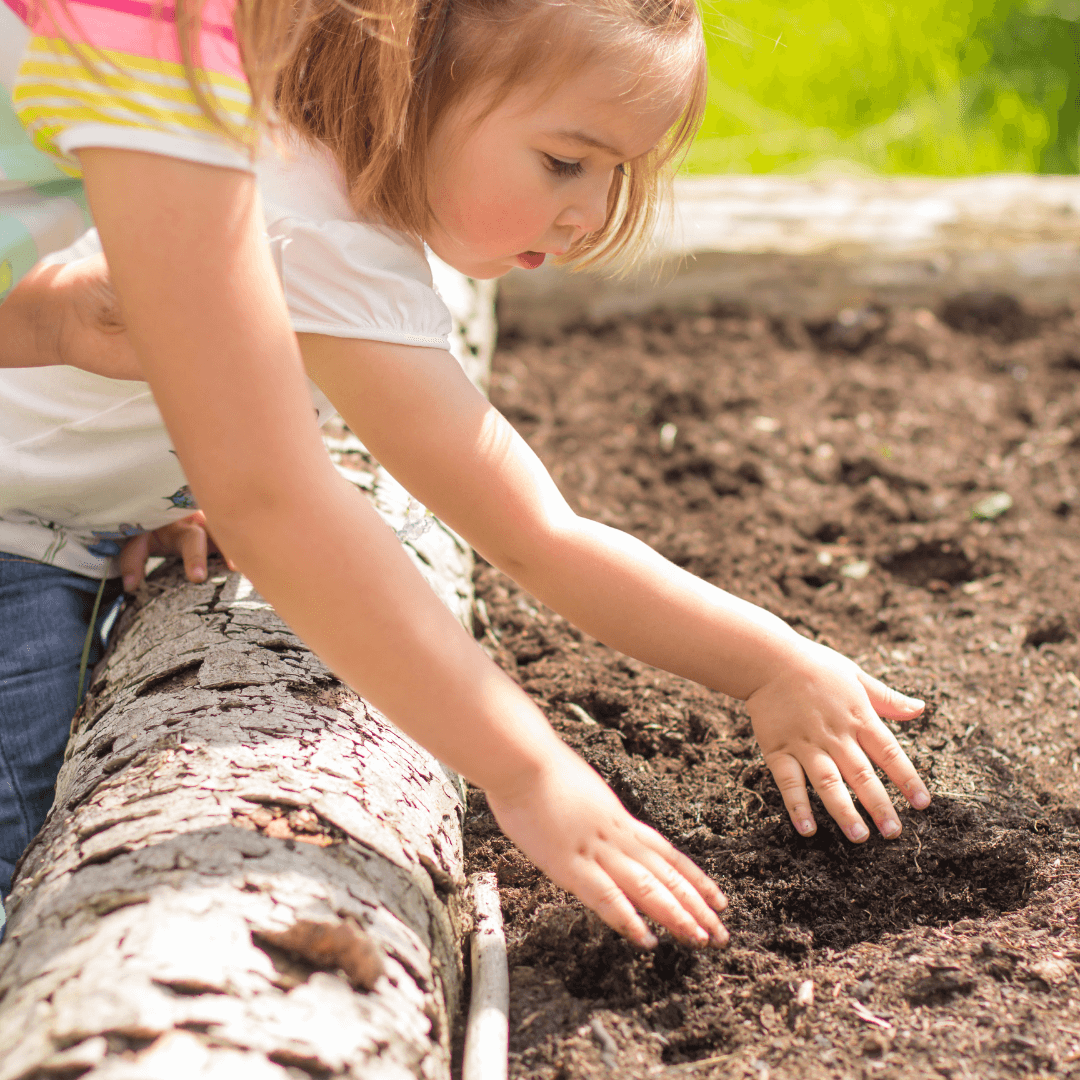Sensory processing is the way we use information from our senses to interact with and learn from our world; the smell of trash should tell you to look somewhere else for food, while the sight of a stop sign should tell you to hit the brakes. But not everyone’s sensory input is organized in a way that allows them to use the information they’re taking in. When a person has sensory processing difficulties, they have trouble responding appropriately to the sensory information they’re receiving. This can lead to a variety of observable behaviors, depending on the impacted senses, such as covering ears at loud (or even slightly loud) noises, or refusing to eat foods that are “squishy” or crunchy.
It’s important to note that variations in sensory preferences are normal– some people like to listen to loud metal music and others prefer soft classical, and neither is wrong or indicative of sensory integration differences. These preferences are what make us individuals. However, for safety, as well as optimal development, children should be able to participate in daily life without struggling to integrate their sensory experiences.
If sensory seeking or avoiding behavior gets in the way of a child being able to form and maintain friendships, follow developmentally typical directions, or engage in their child care environment, it’s worth connecting their family with your state’s early intervention program for an assessment by an occupational therapist.
For Reflection:
Have you cared for children with diagnosed sensory processing difficulties?
What adaptations have you made to support their exploration of the sensory environment?
Do you know how to contact your local early intervention to make a referral, or support families in making a self-referral?



